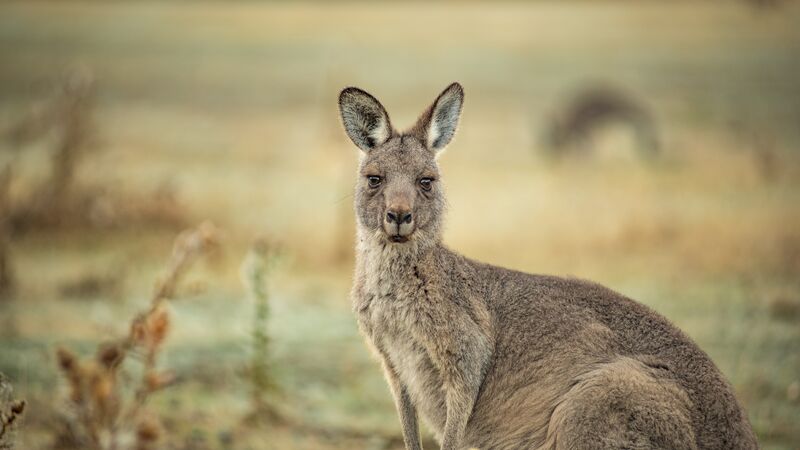Take a look at one of the most native critters you could meet in your Purple Centre journey…
For those who shut your eyes and recall to mind Australia’s Purple Centre, you could image Uluru emerging majestically from the purple earth, plummeting purple cliffs and lengthy roads surrounded via, smartly, plenty of not anything. It’s onerous to consider how lifestyles may live on in this type of harsh surroundings. However hidden inside the nooks and crannies of this arid panorama are various ecosystems the place you’ll to find lifestyles in lots of shapes and bureaucracy. Many of those animals additionally seem in Aboriginal advent tales and are culturally important to First Countries peoples.
Listed below are 9 local animals to appear out for in Uluru-Kata Tjuta Nationwide Park and Kings Canyon.
1. Thorny devils
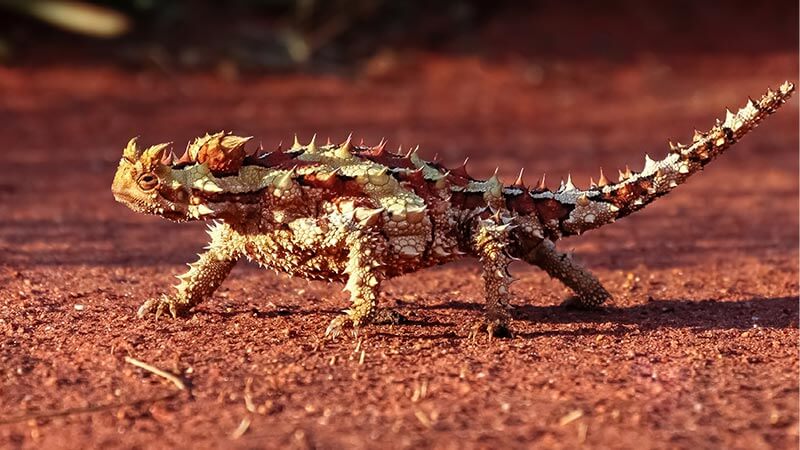
By no means pass judgement on a ebook lizard via the collection of scary-looking spikes on its frame. The thorny satan is a part of the Dragon Lizard circle of relatives, and even though their look would possibly recommend differently, it’s a risk free and timid critter that loves to stay to itself. It grows as much as 20 centimetres lengthy and has a ‘fake head’ at the again of its neck to scare predators. They revel in sunning themselves (in particular in iciness) so concentrate while you’re strolling previous rocky outcrops.
2. Emus
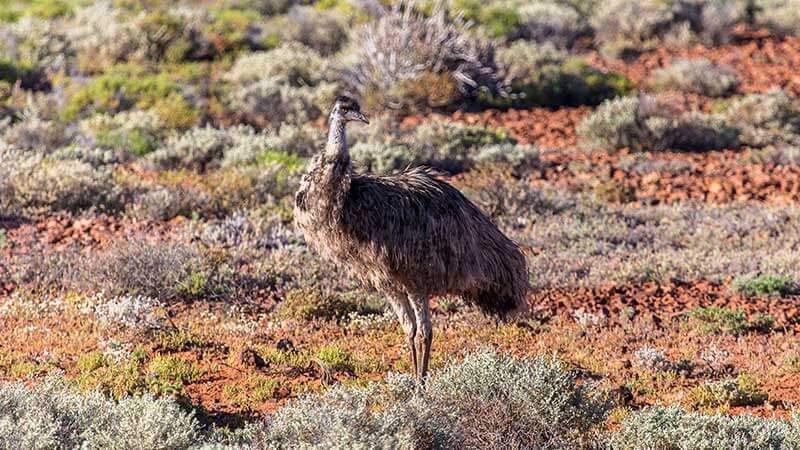
The emu is a sacred animal that looks in lots of Aboriginal cultural tales. Status at 190 centimetres tall and weighing a hefty 55 kilograms, it’s the second-largest dwelling chicken on earth (after the ostrich). It has a large, curvaceous frame, comfortable brown feathers and a big pointy beak. They may be able to’t fly, however they may be able to run at an excellent pace of fifty kilometres consistent with hour – which means that they’d beat Usain Bolt in a race.
3. Mala (rufous hare wallaby)
The Mala was once one of the considerable marsupials within the Purple Centre, however because of predators (most commonly cats and foxes that have been offered to Australia via Europeans) and harmful wildfires, they’re now extinct within the wild. It’s unhappy, I do know. However the excellent news is that Parks Australia has been operating carefully with the Anangu other folks on a mala reintroduction program in Uluru Kata Tjuta Nationwide Park. It began in 2005 and there’s now a wholesome collection of mala dwelling in a feral-proof enclosure inside the park. The long-term survival of the species seems to be promising.
4. Purple kangaroos
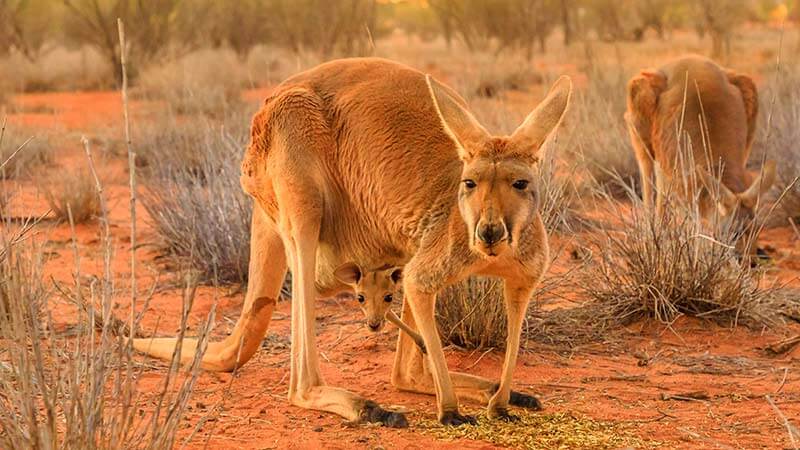
The purple kangaroo seems to be just a little other to different kangaroo species. They have got silky, reddish fur and white fur on their abdominal and limbs. They’re Australia’s largest marsupial and land mammal – men can develop as much as 2.4 metres tall and weigh 85 kilograms, whilst ladies are just a little smaller weighing in at 35 kilograms. The purple kangaroo may be a conventional meals supply for the Anangu, whilst their leg tendons have been used to bind picket spears. Stay a lookout for those guys placing out within the coloration.
5. Wasteland dingos
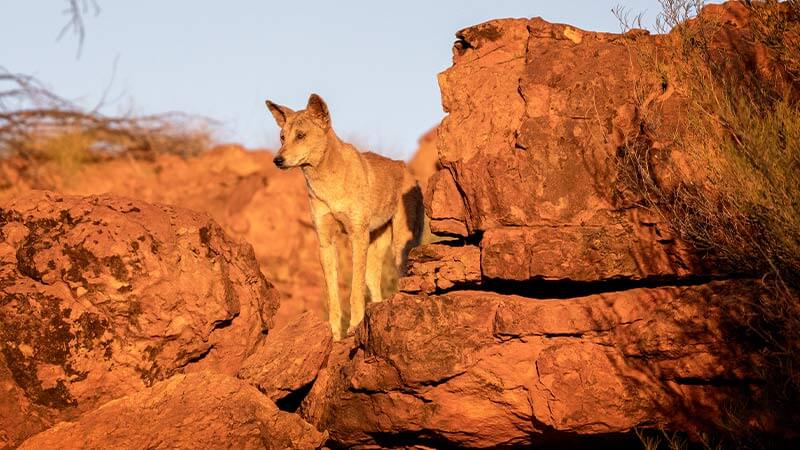
The dingo is an Australian icon. They appear to be a mixture between a canine and a wolf, and as an alternative of barking, they howl. You’re possibly to peer one between nightfall and crack of dawn after they’re out attempting to find kangaroos, reptiles or birds. Dingos are usually shy round people, however should you’re tenting, you should definitely stow away your meals as they’re on no account shy of pinching meals if the chance arises.
6. Bilbies
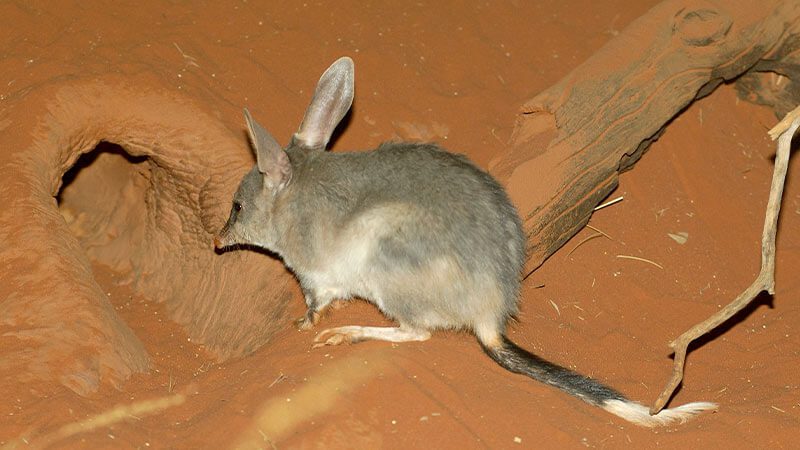
With lengthy, rabbit-like ears and silky blue-grey fur, the bilby is likely one of the cutest marsupials. They’ve lived in Australia for as much as 15 million years and have been as soon as present in over 70% of the rustic, however this proportion has dropped to only 15% because of non-native predators, drought and habitat loss.
They sleep all the way through the day in an advanced community of burrows which they construct with their sturdy claws. You’re possibly to peer one after darkish after they scurry out in their comfortable burrows to seek for termites, grass seeds and small bugs.
7. Black-footed rock wallabies
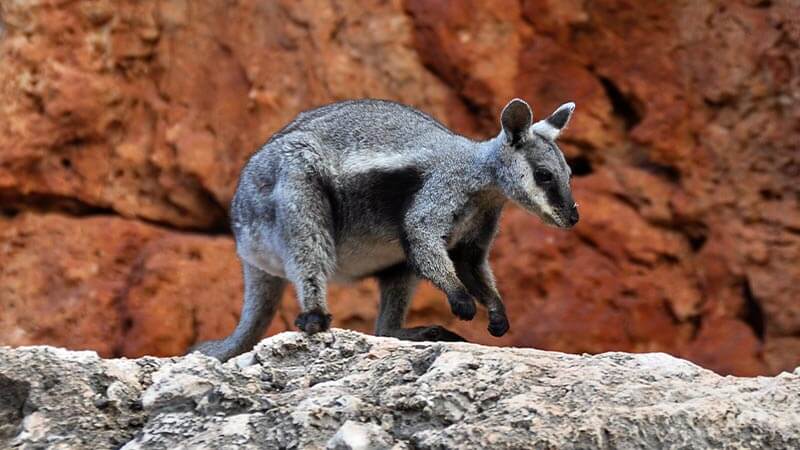
Black-footed rock wallabies glance other to different wallaby species with a silky gray face, a gloomy stripe working from the backbone to the top, and a gloomy tail and ft. They’re tremendous agile and will run as much as speeds of 20 kilometres consistent with hour. Like bilbies, they’re nocturnal, so you’ve got the most efficient likelihood of seeing one at nightfall and crack of dawn after they’re out foraging for leaves, grass and culmination. They’re very shy, so your easiest wager is to crouch at the back of a rock if you wish to catch a glimpse.
8. Blue-tongue lizards
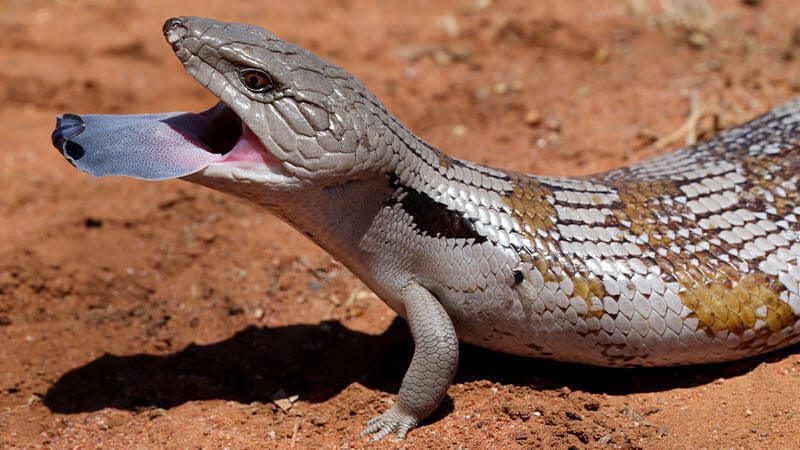
This lizard is known as after its brilliant blue tongue. They don’t transfer very speedy as they have got giant heads, lengthy our bodies and small legs, so their vitamin most commonly is composed of bugs, plants and infrequently different lizards. You’re possibly to peer one on a rock all the way through the day as they prefer sunning themselves to heat their blood. The blue-tongue lizard seems within the Anangu tale of the Lungkata which teaches us to not scouse borrow from others. You’ll be able to be told extra about this tale at the Lungkata stroll at Uluru.
9. Centralian tree frog
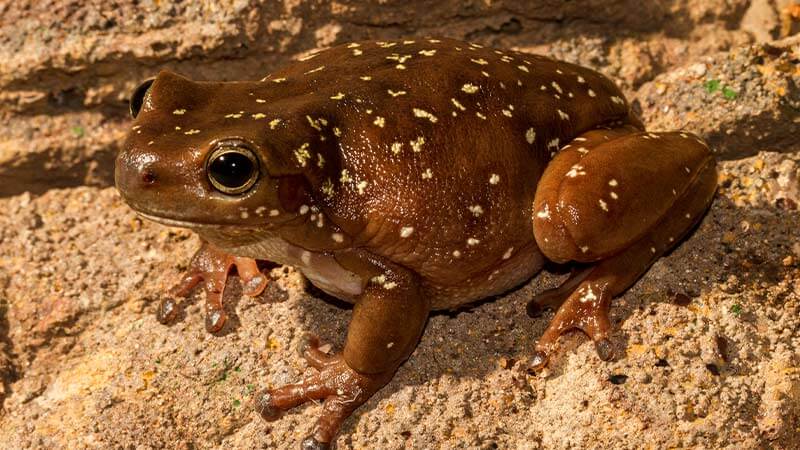
Those little guys revel in darkish, heat environments, so be aware of rocky cracks and crevices in your walks. You’ve got an excellent chance of recognizing a Centralian tree frog (and different barren region frogs) in the summertime after first rate rainfall – or within the days main as much as it as they have got a great skill to understand when heavy rains are coming.
For those who’re inquisitive about those local critters, take a look at our Uluru-Kata Tjuta and Kings Canyon excursions.

